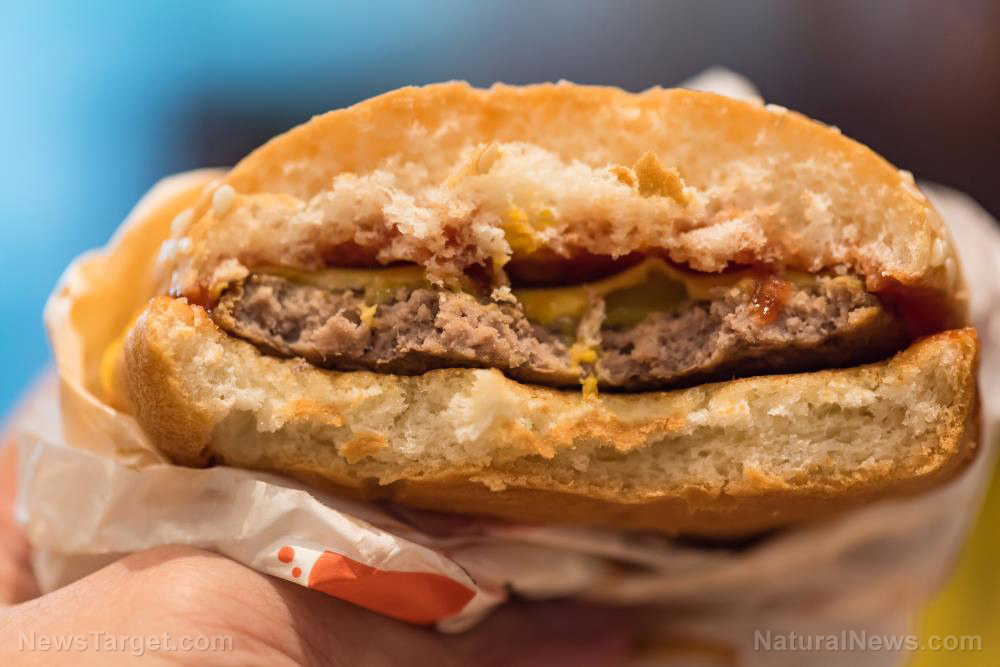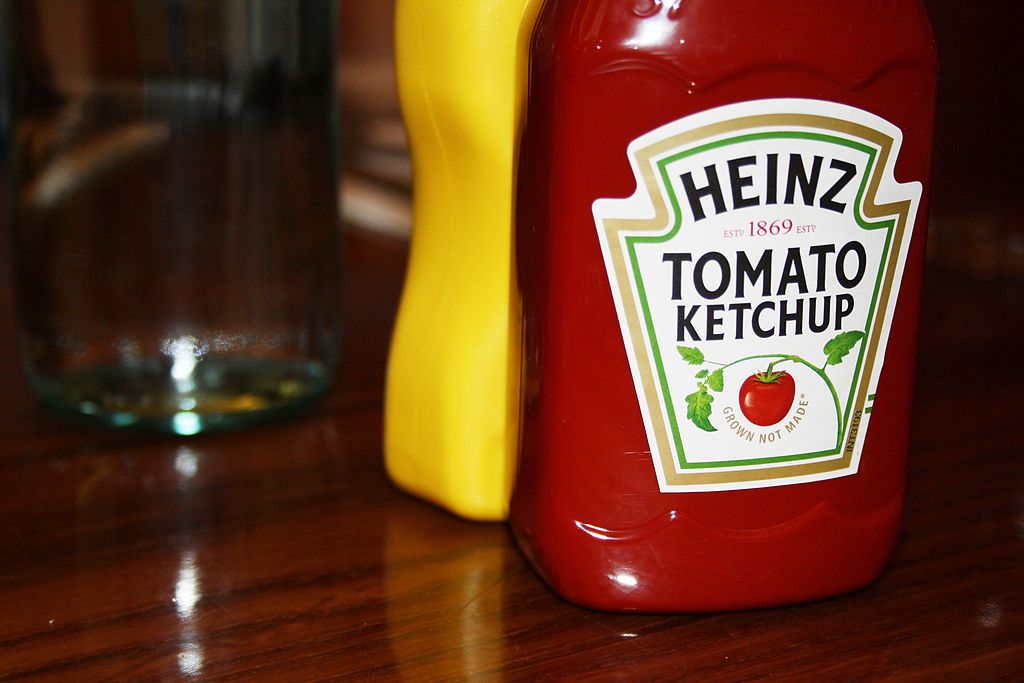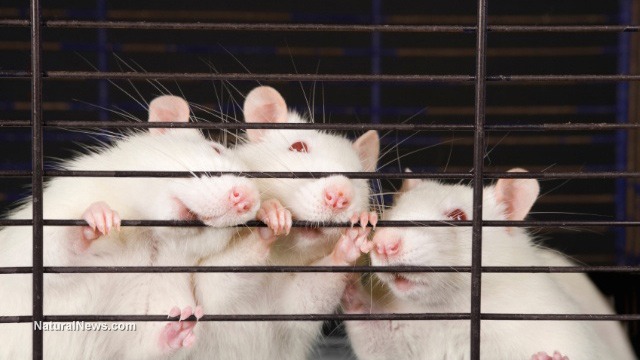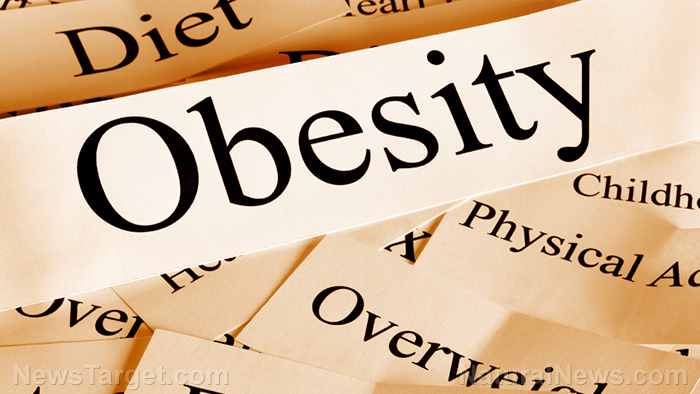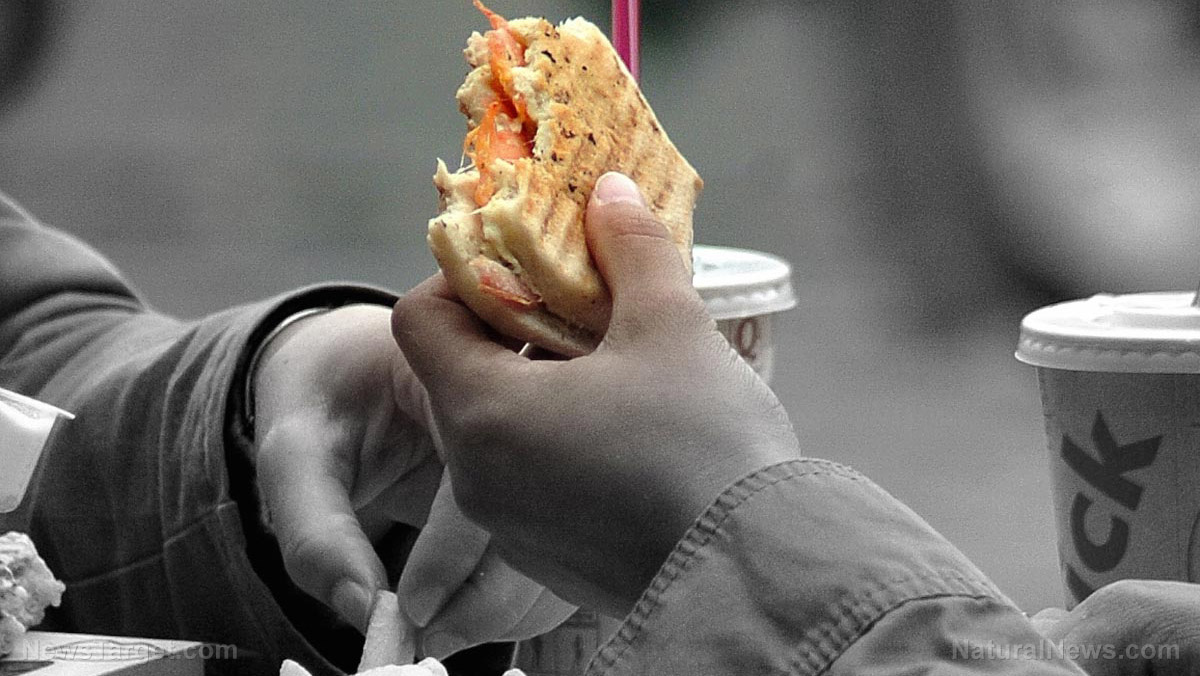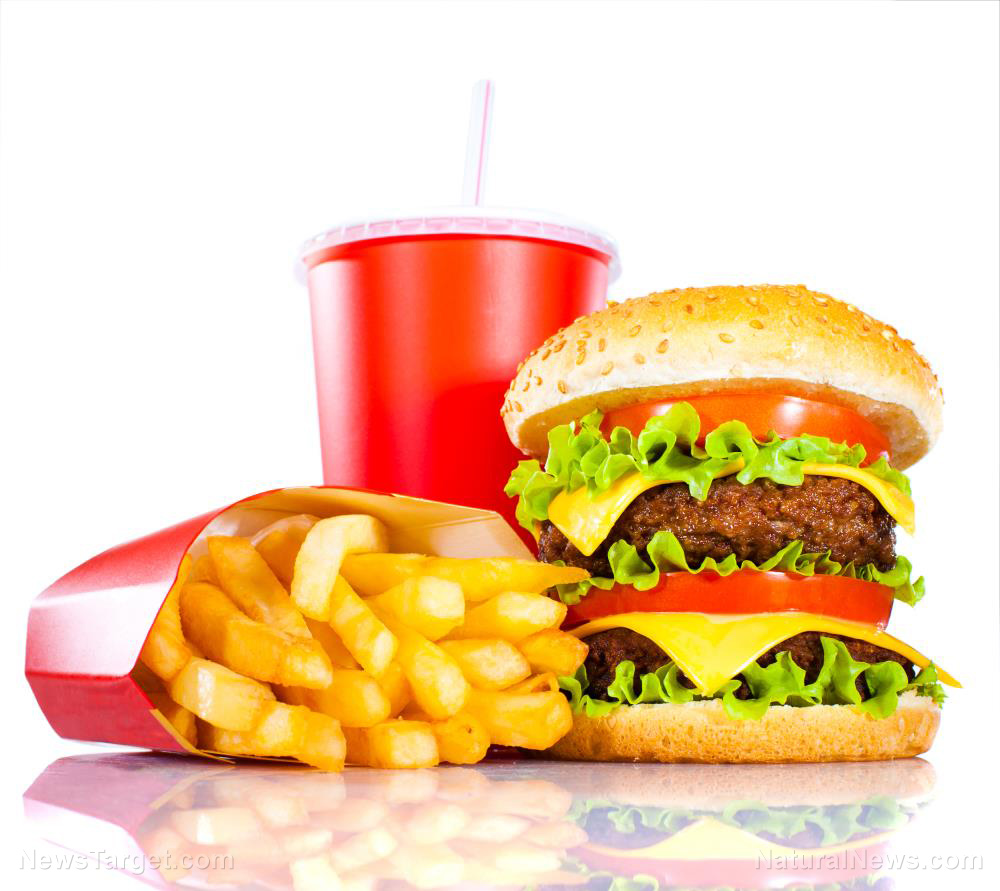High levels of fat turned one man’s blood white
12/01/2019 / By Isabelle Z.

While fat isn’t quite the enemy of good health it was made out to be in the past, that doesn’t mean that letting your fat levels get out of control is healthy. In fact, a 39-year-old German man recently had such high levels of fat in his blood that it turned white and doctors had trouble drawing it.
The man, who was diabetic, went to the emergency room with headaches, nausea and vomiting. While there, he lost consciousness and was put on a breathing tube. Tests showed that his triglycerides, a type of fat in the blood, were unbelievably high at more than 14,000 mg/dL. Levels below 150 are considered normal, and those above 500 are “very high;” his were nearly three times that.
These high levels caused his blood to take on a milky color, and he developed pancreatitis, a serious inflammation of the pancreas. He also had diabetic ketoacidosis, which occurs when your body breaks down fat quickly and causes acids known as ketones to build up in the blood.
His doctors struggled to treat him. A process called plasmapheresis can be used for those with very high triglycerides to filter fat from the blood, but his blood contained so much fat that the machine clogged and was unusable.
Finally, they resorted to bloodletting, drawing a liter of his blood and replacing it with plasma and red blood cells from a donor. This had the effect of bringing his triglycerides down, so they took out another liter and replaced it with fluids. After two days, they were able to use the plasmapheresis machine, and he was ultimately able to remove the breathing tube.
His doctors said they had never seen a case like his, but the ordeal did lead to a useful discovery about the efficacy of using bloodletting as an alternative in patients like him. Experts have praised the doctors for thinking outside the box to save the man.
What causes high triglycerides?
In this case, the doctors believe the patient’s off-the-carts triglyceride levels came about from a combination of an inappropriate diet, obesity, insulin resistance, and uncontrolled diabetes. High triglycerides and ketoacidosis are both signs that he could be lacking insulin, and tests also showed a genetic marker linked to higher triglyceride levels, which could have impacted his risk. Moreover, he was taking an SGLT2 diabetes medication; a higher risk of ketoacidosis is one of the side effects.
Your body converts the calories you don’t need from food into triglycerides, which are then stored in your fat cells for future energy use. Although you do need some of them to give your body energy, high levels can be dangerous, especially for your heart.
If you’re concerned about triglycerides, losing weight can help; even shedding 5 to 10 percent of your body weight can bring your levels down buy 40 mg/dL. Reducing your intake of sugar and carbohydrates can also help keep triglycerides under control. In studies, people who went on a low-carb diet noted greater triglyceride drops than people consuming higher-carb diets. You should also avoid artificial trans fats like the partially hydrogenated oils found in fried foods and commercial baked goods.
It’s not just about cutting out the wrong foods, however. You also need to make sure you’re getting enough fiber to help reduce the absorption of fat and sugar within your small intestine, which can reduce the triglycerides in your blood as well. In one study, a low-fiber diet led to a 45 percent spike in triglycerides in just six days, while people’s levels dropped back down below the baseline when the same subjects entered the high-fiber phase.
Regular exercise can also help by raising your levels of HDL, or “good” cholesterol, which has the effect of lowering triglycerides; aerobic exercise like walking, swimming and bicycling are particularly effective in this regard. Finally, consuming healthy fats like those found in salmon, olive oil and avocados can help.
Sources for this article include:
Tagged Under: bad fats, blood, bloodletting, cholesterol, disease causes, fats, food science, HDL, High Fat, ketoacidosis, triglycerides, weird science
RECENT NEWS & ARTICLES
COPYRIGHT © 2017 FAST FOOD NEWS




